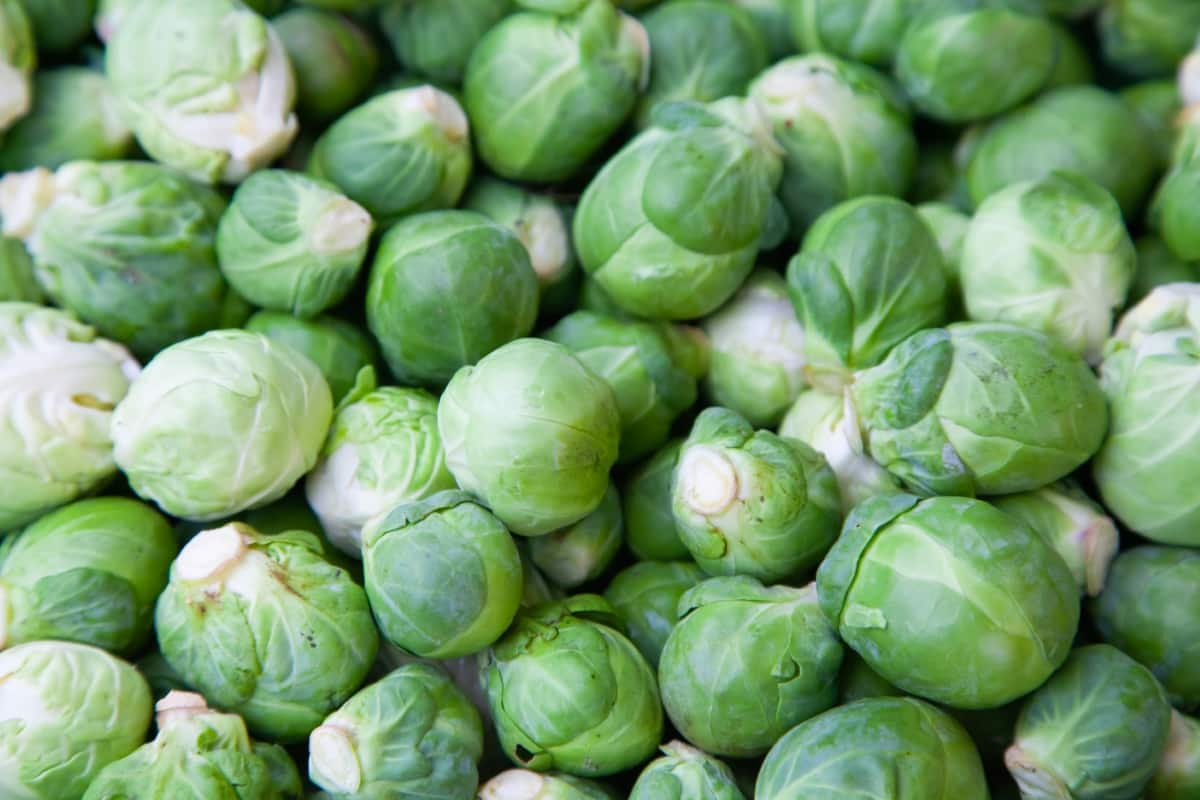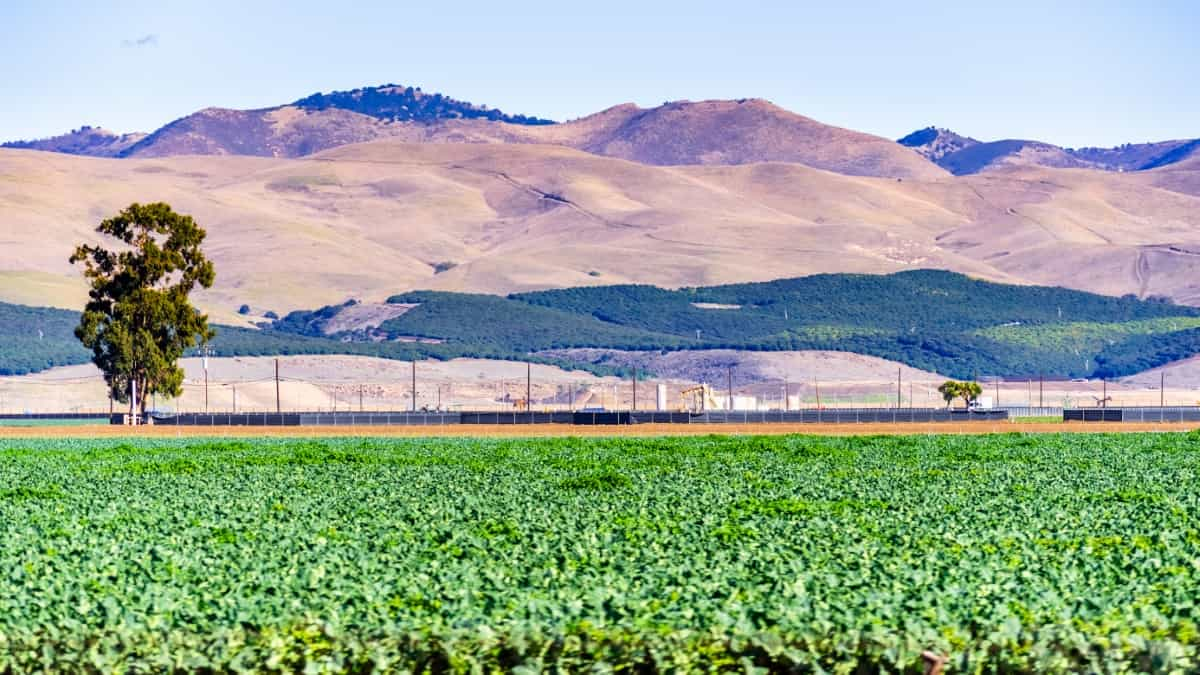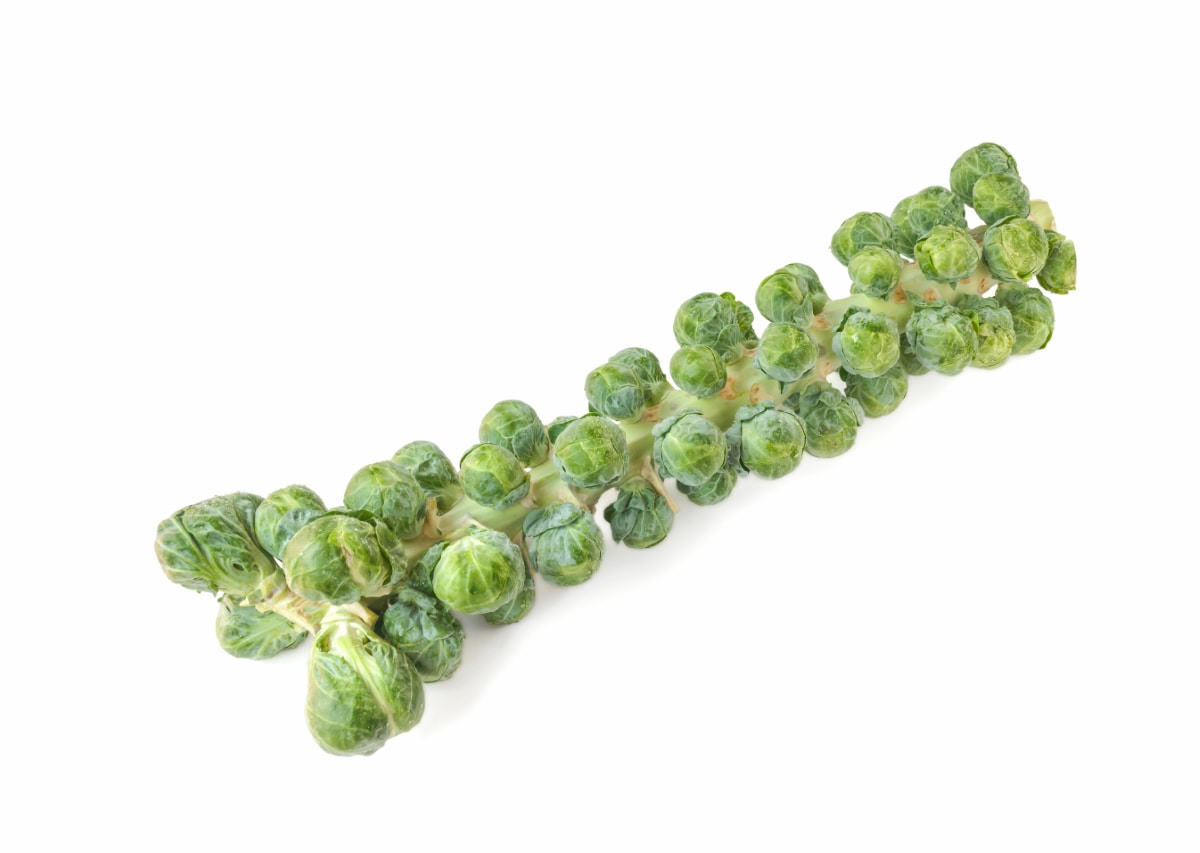Brussels sprouts, a nutritious and versatile vegetable, require specific growing conditions to thrive. Key factors like soil quality, planting techniques, pest management, watering, sunlight, and fertilization play crucial roles in their growth. Challenges such as brussels sprouts growing problems and understanding the Brussels sprouts growing stages are common. However, with the right knowledge, even growing them in pots becomes feasible.

Understanding the timeline, including how long it takes to grow brussel sprouts and when to plant Brussel sprouts, is essential. The practices of transplanting brussel sprouts, knowing how tall Brussel sprouts grow, and techniques to make brussel sprouts grow bigger are integral to achieving high yields.
Best Practices to Increase Brussels Sprouts Yield
You Must Understand Soil and Nutrient Requirements for Brussels Sprouts
Brussels sprouts flourish in well-drained, fertile soil rich in organic matter. Ideal soil pH ranges from 6.0 to 7.5, promoting optimal nutrient absorption. Regular soil testing is recommended to monitor nutrient levels and adjust as necessary. Incorporating compost or aged manure enhances soil fertility, providing essential nutrients like nitrogen, phosphorus, and potassium.
Mulching helps retain moisture and regulate soil temperature, which is vital during the Brussels sprouts’ growing stages. Adequate soil preparation ensures the plants have the necessary foundation to grow healthy and strong, directly impacting the yield.
Optimize Planting and Spacing Techniques for Brussels Sprouts
Planting techniques significantly influence the success of Brussels sprouts. For optimal growth, seedlings should be planted at a depth of about 0.5 inches in well-spaced rows. The ideal spacing between plants is 18-24 inches, allowing adequate room for growth and airflow, reducing the risk of disease.
When cultivating Brussels sprouts in containers, opt for pots that have dimensions of at least 12 inches in both depth and width. This ensures adequate room for the roots to grow. Transplanting Brussels sprouts should be done carefully to avoid root disturbance, ideally when they are 4-6 weeks old and have several true leaves. This spacing and planting technique aids in maximizing yield by providing each plant with enough resources to grow.
Implement Effective Pest and Disease Management Strategies for Brussels Sprouts
Pests and diseases can significantly reduce Brussels sprout’s yield. Regular monitoring of common pests like aphids and caterpillars is crucial. Implementing integrated pest management strategies, including the use of natural predators, barriers, and organic insecticides, can effectively control pest populations. Diseases such as powdery mildew and clubroot require proactive management.
In case you missed it: Brussels Sprouts Growing Stages: Brussels Sprouts Growth Time Lapse

Crop rotation, effective cleanliness practices, and the adoption of disease-resistant plant varieties are important strategies for averting disease outbreaks in agriculture. Maintaining healthy soil and adequate spacing reduces disease incidence, ensuring a higher yield of healthy Brussels sprouts.
Utilize Proper Watering and Irrigation Methods for Brussels Sprouts
Consistent and adequate watering is essential for Brussels sprouts, especially during the growing stages and in dry conditions. The plants require about 1-1.5 inches of water per week. Overhead irrigation should be avoided as it can promote fungal diseases. Drip irrigation and soaker hoses are excellent options as they deliver water directly to the root area, reducing water waste and the chances of plant diseases. Mulching around plants helps retain soil moisture. Inconsistent watering can lead to poor root development and reduced yield, emphasizing the importance of a regular watering schedule.
Maximize Sunlight Exposure for Improved Brussels Sprouts Yield
Brussels sprouts need full sunlight, at least 6-8 hours daily, to grow properly. Proper positioning of the garden to maximize sunlight exposure is crucial. In areas with limited sun, reflective mulches can be used to increase light intensity. The orientation of rows should be north to south for even sunlight distribution. For those growing in pots, rotating the containers regularly ensures all sides of the plant receive adequate sunlight. Adequate sunlight is essential for photosynthesis, contributing to healthier plants and a higher yield.
Enhance Fertilization Practices for Brussels Sprouts Growth
Fertilization plays a key role in the growth and yield of Brussels sprouts. Use a well-rounded fertilizer with ample nitrogen, phosphorus, and potassium when initially planting, and repeat this process when the plants reach roughly 12 inches in height. This enhances leaf development, which is vital for sprout growth.
In case you missed it: Brussels Sprouts Companion Plants: What and What Not to Grow With Brussels Sprouts

For added nutrients, consider organic options such as fish emulsion or compost tea. Be cautious not to over-fertilize, as this can result in excessive leaf growth, hindering sprout development. Proper fertilization ensures the plants have the necessary nutrients to grow and produce a bountiful yield.
Pruning Techniques to Boost Brussels Sprouts Yield
Pruning is vital for increasing Brussels sprouts’ yield. Removing lower leaves once the sprouts begin to form improves air circulation and reduces disease risk. This also allows the plant to focus its energy on developing the sprouts. As the harvest season approaches, topping off the plant by cutting the growing tip can encourage the uniform development of the sprouts. This technique ensures that the plant’s resources are directed towards the sprouts, leading to a more abundant and even yield.
Harvesting and Post-Harvest Handling Best Practices for Brussels Sprouts
For the best quality, brussels sprouts should be harvested when they are firm and green, typically 1-2 inches in diameter. Harvesting begins from the bottom of the stalk and progresses upwards. Proper post-harvest handling includes cooling the sprouts immediately to retain freshness and reduce spoilage. Store them in a cool, humid environment to maintain quality. Avoid rough handling during harvest and transportation to prevent damage, which can impact both quality and shelf life.
Utilize Companion Plants for Increased Brussels Sprouts Yield
Companion planting can significantly boost Brussels sprout’s yield. Planting aromatic herbs like thyme or mint nearby can deter pests. Marigolds and nasturtiums, known for their pest-repelling properties, are also excellent companions. These plants draw in helpful insects that feed on common garden pests. Companion plants can also improve soil health and biodiversity, creating a more balanced and productive garden ecosystem, which in turn benefits the growth and yield of Brussels sprouts.
Implement Crop Rotation Strategies to Improve Brussels Sprouts Yield
Crop rotation is an effective strategy to enhance Brussels sprouts yield. Rotating Brussels sprouts with non-brassica crops like legumes or grains helps break pest and disease cycles. This practice also aids in maintaining soil fertility and structure, as different crops have varying nutrient requirements and contribute differently to soil health. A well-planned crop rotation schedule can lead to a healthier garden and, subsequently, a more bountiful harvest of Brussels sprouts.
In case you missed it: Frequently Asked Questions About Growing Brussels Sprouts From Seed to Harvest

Conclusion
Incorporating these practices into your gardening routine can significantly enhance the yield and quality of your Brussels sprouts. From careful pruning and harvesting techniques to the strategic use of companion plants and crop rotation, each step contributes to the overall health and productivity of your Brussels sprout plants. By adopting these methods, you can enjoy a plentiful and rewarding harvest.
- Feed Your Flock for Less: Top 10 Tips to Save on Chicken Feed
- Ultimate Guide to Ossabaw Island Hog: Breeding, Raising, Diet, and Care
- Hatching Answers: The Top 10 Reasons Your Chickens Aren’t Laying Eggs
- Eggs and Economics: Breaking Down the Cost of Raising Backyard Chickens
- Defend Your Greens: Proven Methods to Keep Iguanas Out of Your Garden
- Ultimate Guide to Cinnamon Queen Chicken: A Comprehensive Guide for Beginners
- Ultimate Guide to California Tan Chicken: Breeding, Raising, Diet, Egg-Production and Care
- Ultimate Guide to Marsh Daisy Chicken: Breeding, Raising, Diet, and Care
- 10 Types of Chicken Farming Businesses You Can Start for Profits